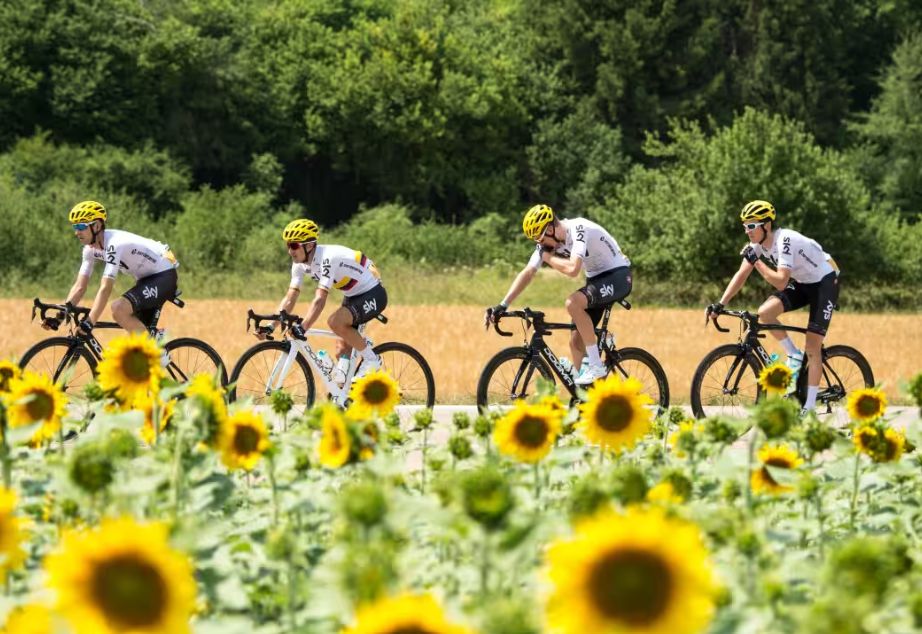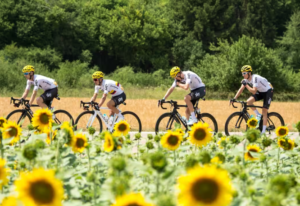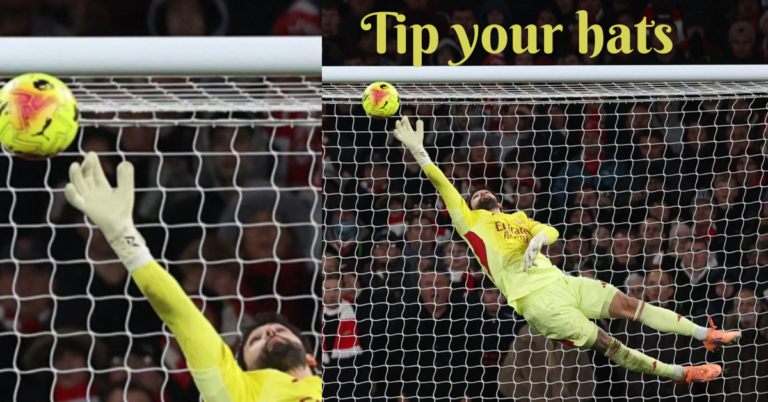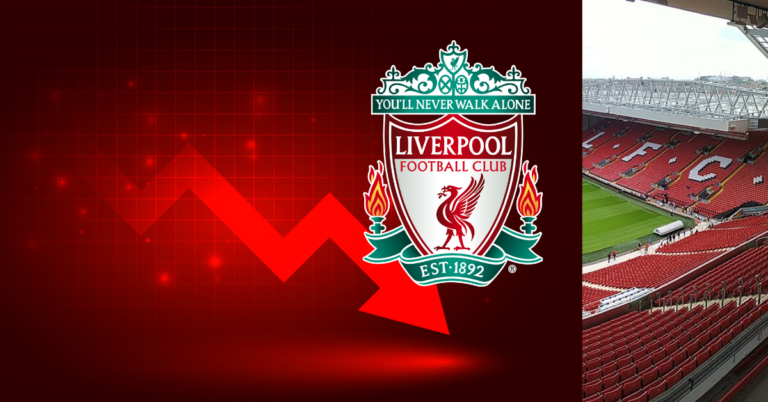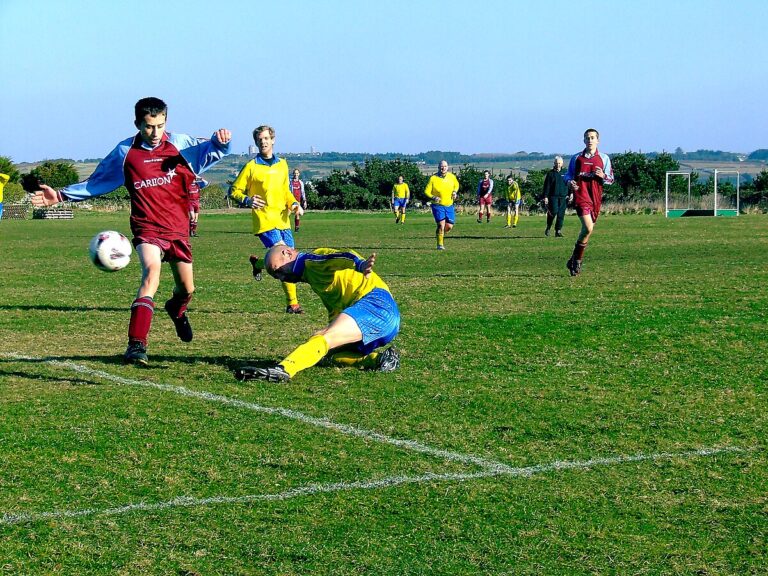The Evolution of Cycling: From Childhood Joy to the Grand Tours
A cycle is often a child’s first meaningful gift—marking their initial encounter with the world of moving machines. It typically begins with a tricycle, and as the child masters the art of balance, one wheel is shed. The joy of feeling the wind in their hair, riding down the neighborhood street, becomes an indelible memory.
At first glance, cycling may appear to be a simple, leisurely activity. But the human instinct to transform even the simplest pleasures into competition caught up quickly. The innocence of casual cycling gave way to cycling sports, birthing races that test the limits of speed, endurance, and human performance. Our relentless pursuit of thrill turned cycling into one of the world’s most dynamic sporting disciplines.
Over the past century, professional cycling has evolved into a celebrated global sport, boasting a variety of races designed to push athletes to their limits. Among these, the undisputed crown jewels are the Grand Tours—three iconic, grueling events that represent the pinnacle of competitive cycling: the Tour de France, the Giro d’Italia, and the Vuelta a España.
In this three-part series, we explore the Holy Trinity of professional cycling. First, we journey to France, home to the legendary Tour de France, a race that embodies national pride, breathtaking landscapes, and the ultimate test of a cyclist’s skill and stamina.
Tour de France: The Pinnacle of Competitive Cycling
The Tour de France, founded in 1903 to boost the readership of the French newspaper L’Auto, has since evolved into the most prestigious cycling race in the world. Today, it stands as the ultimate test of professional cycling endurance, drawing elite cyclists to compete in a three-week-long odyssey across 3,500 kilometers of French terrain.
This legendary event is divided into multiple cycling stages, each pushing riders to their physical and mental limits. From intense mountain climbing to high-speed descents, the Tour demands skill, strategy, and sheer willpower—making it a challenge not suited for the faint-hearted.
Each year, the Tour de France route changes, often beginning in cities beyond France’s borders to embrace international appeal. Since 1975, the race has culminated in spectacular fashion on the Champs-Élysées, Paris’s iconic shopping boulevard, symbolizing triumph in the heart of the nation.
Cyclists traverse the breathtaking French countryside, navigate the perilous climbs of the Alps and Pyrenees, and race through rustic villages, historic communes, and winding roads flanked by vineyards. Every stretch of the route—from serene landscapes to treacherous peaks—adds to the grandeur and intensity of the race, securing the Tour’s legacy as the crown jewel of cycling competitions.
It is a spectacle that plays out every year on the mountain stages and the sparkling French country side. There is none like the Tour De France. It is most prestigious of all cycling races . The beautiful backdrop hides the challenge and that is what it is all about.
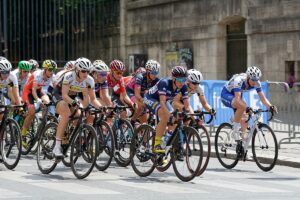
Tour de France Legends: Record-Breaking Cyclists Who Defined the Race
The Tour de France has long been the stage for unforgettable victories and legendary athletes. Over the decades, cycling icons have carved their names into the annals of this prestigious event, rising to glory on its grueling courses and inspiring generations.
Jacques Anquetil, Eddy Merckx, Bernard Hinault, and Miguel Indurain hold the joint record for the most Tour de France wins, each clinching five titles—a feat that solidifies their status among the greatest Tour de France riders of all time.
Among them, Miguel Indurain stands apart as the only cyclist to win the Tour de France consecutively for five years, dominating the sport from 1991 to 1995 with unmatched endurance and finesse.
- Anquetil began his reign in 1957, wrapping up his fifth victory by 1964.
- Merckx claimed four back-to-back wins between 1969 and 1972, and earned his fifth in 1974.
- Hinault, remembered as the most recent French Tour de France champion, secured his fifth yellow jersey in 1985.
Since Hinault’s triumph, no French cyclist has reclaimed the top podium spot, marking a turning point in the nation’s pursuit of cycling excellence.
Spanning over a century, the Tour has consistently delivered historic cycling moments, showcasing extraordinary talent and endurance. In this chapter, we reflect on the legends who shaped the race—and set the gold standard for competitive cycling.
Gino Bartali’s Miraculous 1948 Tour de France Victory
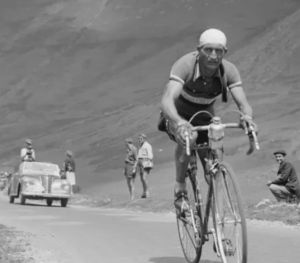
In 1948, Italy faced immense political uncertainty and social unrest following the shooting of Communist leader Palmiro Togliatti. Amidst this turmoil, then-President Alcide De Gasperi sought a powerful symbol of hope and unity. He turned to Gino Bartali, an iconic figure in world cycling and a two-time Tour de France champion.
At that pivotal moment, Bartali was competing in the 1948 Tour de France, trailing by a daunting 21 minutes. President De Gasperi’s urgent request was clear: Bartali had to win the Tour. A victory, he believed, would provide a much-needed distraction and boost national morale for a troubled Italy.
Bartali’s incredible comeback began in the challenging mountain stage through the Col d’Allos in southwestern France. Despite freezing rain, Bartali launched a relentless attack, leaving his competitors, including yellow jersey holder Louison Bobet, far behind. Through sheer determination, he slashed his deficit by nearly 20 minutes in that single stage, reducing it to a mere 51 seconds. This ruthless streak continued into the next stage, where he gained an additional seven minutes.
What seemed an impossible feat became reality: Bartali, from being 21 minutes down, secured a stunning Tour de France victory. His heroic efforts in the French Alps offered Italians a profound reason to celebrate. As Bartali himself later recounted, “In Parliament there were those who shouted, ‘Bartali is the yellow jersey! Long live Italy!'”
This historic cycling victory provided a vital sense of relief and national unity for Italy, granting De Gasperi crucial breathing room during a volatile period. Bartali’s ride transcended mere sport; he was racing for an entire nation, offering a beacon of hope amidst the turbulence of the times. His legendary win remains a testament to the power of sport to inspire and unite, solidifying his place as a national hero and a cycling legend.
Gino Bartali had a hidden secret he carried with him to death. In the madness of the World War , he risked his life to save hundreds of Jews from certain death. ( Read the story here —Gino Bartali : A Great Cycling Legend but then much more )
Greg LeMond’s Historic Comeback: The Closest Tour de France Victory Ever
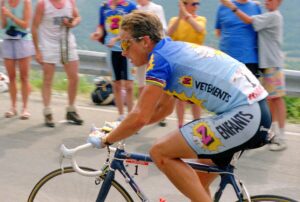
In 1986, Greg LeMond etched his name into cycling history by becoming the first non-European to win the Tour de France, breaking a long-standing continental dominance in the sport. His triumph was not just a personal milestone—it marked a turning point for American cycling on the global stage. You can explore more about his groundbreaking win on the 1986 Tour de France Wikipedia page.
But fate took a cruel turn the following year. In 1987, while recovering from a broken wrist and collarbone, LeMond was accidentally shot during a hunting trip, leaving him in critical condition. Over 40 shotgun pellets were removed from his body, and some remained lodged near vital organs. His career seemed all but over.
Yet, in 1989, LeMond staged one of the most legendary comebacks in sports history. Returning to the Tour de France, he faced off against Laurent Fignon, the French cyclist who had previously won the race in 1983 and 1984 (Laurent Fignon – Wikipedia). The two battled fiercely across the stages, trading the yellow jersey multiple times.
Heading into the final stage, a 24.5 km individual time trial from Versailles to the Champs-Élysées, Fignon held a 50-second lead. Most experts believed the gap was insurmountable. But LeMond, using aerodynamic handlebars and a disc wheel setup, delivered a blistering ride at an average speed of 54.545 km/h, the fastest time trial in Tour history at that point (1989 Tour de France – Wikipedia).
In a moment that stunned the world, LeMond won the Tour de France by just 8 seconds—the narrowest margin of victory in the race’s 120+ year history (Cycling Weekly’s recap of Stage 21). Fignon, devastated, crossed the finish line in disbelief, having lost the title in the final meters.
LeMond’s victory was more than a win—it was a symbol of resilience, innovation, and grit. He went on to defend his title in 1990, securing his third Tour de France win and cementing his legacy as one of the sport’s greats
Roger Walkowiak: The Unexpected Champion of the 1956 Tour de France
A Winner from the shadows
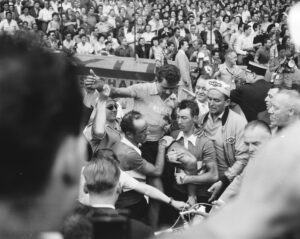
The 1956 Tour de France was a race marked by transition. With Louison Bobet, the legendary French cyclist and three-time consecutive winner (1953–1955), absent due to injury, the peloton lacked its usual star power. Many established champions were retiring, and the next generation had yet to make its mark.
Amid this shifting landscape emerged Roger Walkowiak, a modest Frenchman of Polish descent, riding for the Nord-Est-Centre regional team. Virtually unknown, Walkowiak was rarely mentioned in pre-race discussions. Yet, through a brilliant tactical approach, he stayed consistently close to the leaders, never falling far behind but also never drawing attention.
As the race neared its conclusion, Walkowiak seized his moment. By the time the riders entered Paris, he was wearing the yellow jersey, having outmaneuvered the favorites through strategic consistency rather than stage victories. His triumph stunned the cycling world—Walkowiak became one of the rare riders to win the Tour de France without winning a single stage (1956 Tour de France – Wikipedia).
However, his victory was met with skepticism. The phrase “gagner à la Walko”—to win in Walkowiak’s style—was coined, unfairly implying that his win lacked merit. Deeply hurt, Walkowiak avoided speaking about his achievement for years, feeling unworthy of the title.
Over time, appreciation for his race intelligence and endurance grew. His redemption came through the words of Bernard Hinault, a five-time Tour champion (Hinault quotes), who defended Walkowiak’s legacy:
“No one has the right to say that the Tour was handed to him. He didn’t steal it. The Tour doesn’t come wrapped up like a present.”
Walkowiak’s story remains one of the most poignant and misunderstood victories in Tour history—a testament to strategy, perseverance, and quiet brilliance.
As Tough as it can get
Tour de France: Where Speed Meets Survival
There’s nothing innocuous about Le Tour, as the Tour de France is affectionately known. Across its grueling three-week schedule, riders maintain an average speed of over 40 km/h—a staggering pace considering the terrain and endurance required (CyclistsHub speed stats).
But it’s the mountain descents that truly defy belief. Speeds can soar to 100–110 km/h, turning the sport into something that resembles a controlled freefall more than a race. It’s not just cycling—it’s a test of nerve, precision, and survival.
Bernard Hinault, five-time Tour champion, captured the madness best:
“An amateur should think long and hard before attempting one of these Tour de France stages. Two would probably necessitate visiting a doctor, and three would require a psychiatrist—any more and you should be checking if that person has written a will!”
— Bernard Hinault Quotes
For over 120 years, the Tour has transformed the idyllic fields, winding countryside, and towering peaks of the Alps and Pyrenees into a canvas of human endurance and drama. From the Col du Tourmalet to Mont Ventoux, these legendary climbs have witnessed triumph, tragedy, and everything in between (Tour de France mountain passes).
The Tour de France is more than a sporting event. It’s a psychological and physical crucible, where riders battle not just the elements, but the demons within. It’s a journey of grit, glory, and the relentless pursuit of greatness.
—————————————————————————
